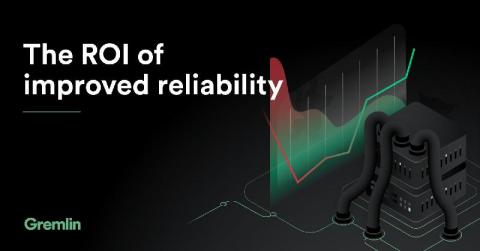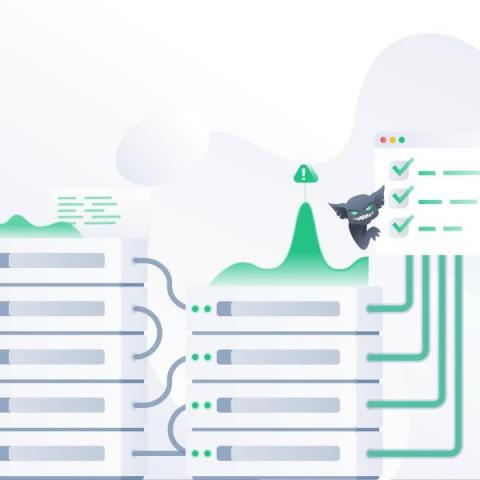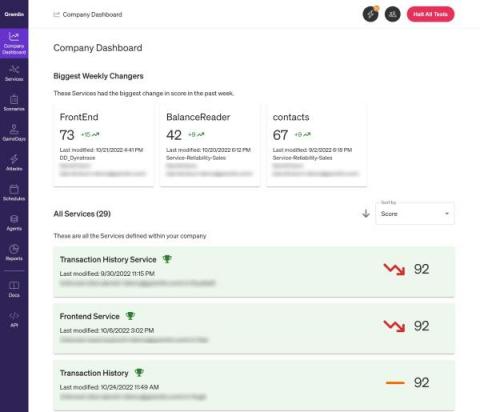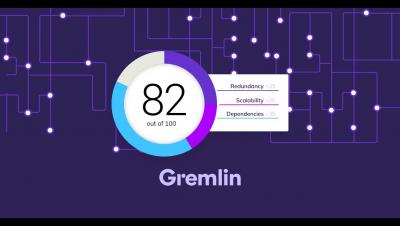The KPIs of improved reliability
For many businesses, prioritizing reliability is an ongoing challenge. Building reliable systems and services is critical for growing revenue and customer trust, but other initiatives—like building new products and features—often take precedence since they provide a clearer and more immediate return. That's not to say reliability doesn't have clear value, but proving this value to business leaders can be tricky.










